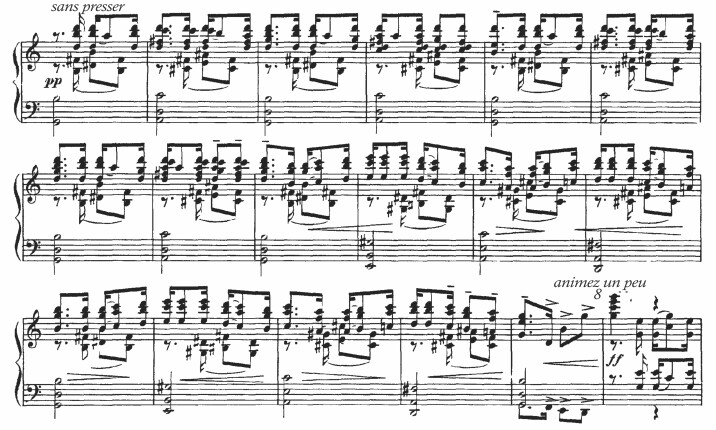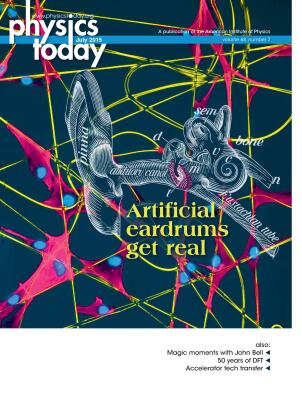A final note on bell-like tones
DOI: 10.1063/PT.3.2832
Because I am a little unclear on some of the physics involved, I have been hesitant to speak on the issue of bell-like sounds from a piano. However, the letter from Myron Levitsky (Physics Today, March 2015, page 9
Although the Saint-Saëns piano concerto Levitsky discusses is beautiful, I believe that its octaves and thirds are more characteristic harmonics of organ pipes or bowed strings than of bells. The distinctive sound of bells comes from their complex, nonlinear harmonic series that typically contains dissonant tones relatively low in the series.
By far the best piano bell simulation I’ve heard comes in a hauntingly beautiful section of “Copacabana,” the fourth dance in Darius Milhaud’s Saudades do Brasil, which I believe is intended to evoke the sweet sound of distant bells. Hear a brief audio file of the section at http://rtcutler.com/Audio/MilhaudBells.mp3

More about the Authors
Roger Cutler. (roger@rtcutler.com) Katy, Texas.
